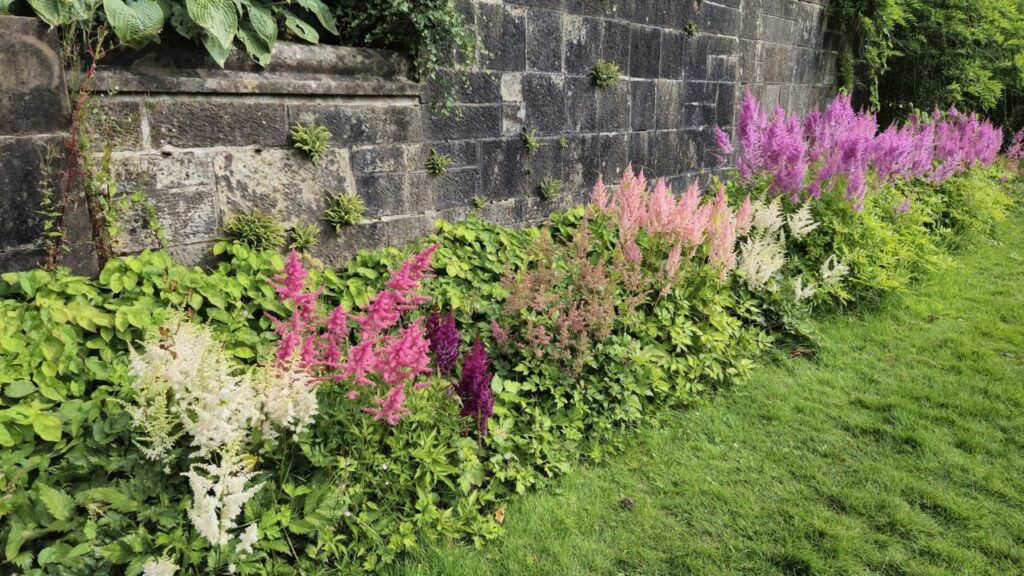
URGENT UPDATE: Gardeners are urged to take immediate action to care for their astilbe plants this fall, ensuring vibrant displays next year. As temperatures drop and frost approaches, the right steps can significantly impact the health of these stunning perennials.
Astilbe, known for its beautiful blooms that thrive in shadier spots, requires specific care to survive the winter. Fall 2023 is a crucial time for maintenance, and experts emphasize that simple tasks can make all the difference. Maksim Kazakou, a botany expert at Plantum, highlights the importance of these practices to prevent disease and promote robust growth.
1. To Cut Back or Not?
There is no strict rule on whether to prune astilbe in the fall. Gardeners can choose to cut back the plants now or wait until spring. Pruning in the fall helps tidy the garden and reduces the risk of powdery mildew from overwintering debris. However, many opt to leave the seed heads for winter interest and wildlife support. The decision is largely based on personal preference.
2. Keep Watering Until Frost
Astilbe thrives in moist conditions, so continuing to water into the fall is essential. As frost nears, ensuring the soil remains hydrated helps roots stay strong. Kazakou advises, “If it hasn’t rained for a while and the soil is dry, provide your plant with sufficient watering…” This practice is vital for successful overwintering.
3. Apply Mulch for Protection
Mulching is a straightforward yet effective way to safeguard astilbe through winter. A two-inch layer of organic mulch, such as compost or leaf mold, retains moisture and suppresses weeds. Kazakou warns against burying the plant’s crown, as excess moisture can cause rot. Aim for a protective layer before the ground freezes to ensure optimal insulation for the roots.
4. Divide Clumps Every Few Years
While not a fall task, dividing astilbe clumps every three to four years is crucial for health and vitality. This process rejuvenates the plants and prevents overcrowding, which can lead to disease. The ideal time for division is after flowering, making fall a perfect opportunity for those who missed the window earlier.
Gardeners should take immediate action to ensure their astilbe remains healthy and blooms beautifully next spring. Continuing these simple maintenance tasks can significantly enhance the longevity and vibrancy of these perennials.
For anyone wondering if astilbe will return next year, rest assured: these hardy plants can survive temperatures as low as -30°F, making them resilient contenders in US hardiness zones 4-8.
As the gardening community prepares for winter, these timely tips are essential for maintaining the beauty and health of astilbe. Share this article to help fellow gardeners keep their plants thriving through the fall and beyond!





